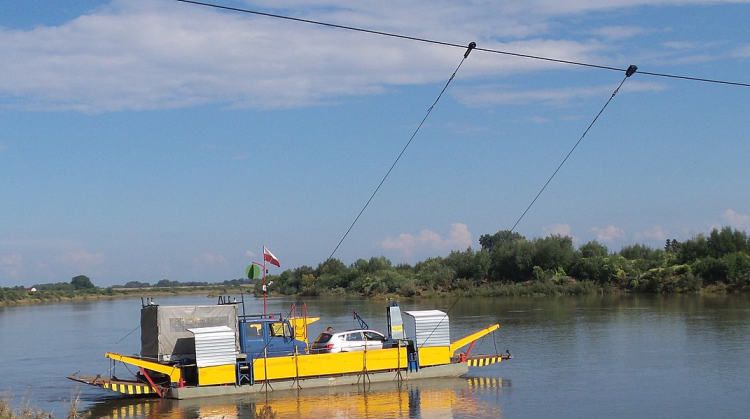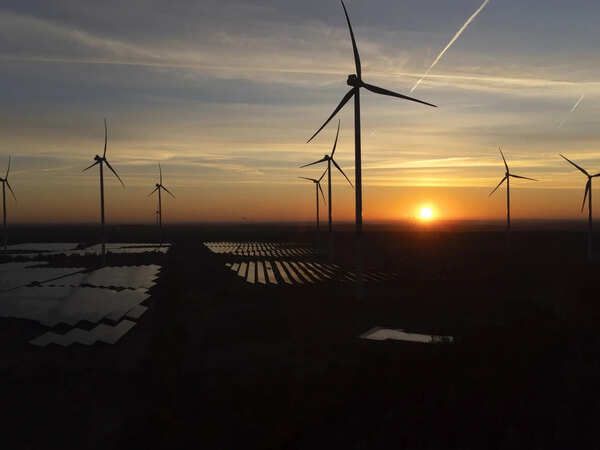 Image Source: The News Himachal
Image Source: The News Himachal
In a pioneering effort to enhance tourism infrastructure and improve connectivity, the Himachal Pradesh government has announced plans to introduce water metro services linking key locations such as Naina Devi and Shahtalai. This initiative is expected to boost religious tourism, provide a sustainable and efficient transportation alternative, and open new avenues for local economic development.
Key Highlights: Vision and Objectives of Water Metro Project
The water metro project aims to offer a modern, eco-friendly transit option connecting major pilgrimage and tourist spots along Himachal’s rivers and lakes.
Naina Devi, an iconic temple town attracting lakhs of devotees annually, and Shahtalai, known for its natural beauty and cultural significance, are selected as primary nodes.
This service anticipates easy, affordable, and faster travel for tourists and locals, reducing road congestion and travel time in the hilly terrain.
It aligns with the state government’s broader mandate to promote sustainable tourism while protecting the fragile Himalayan ecology.
Technological and Operational Framework
The proposed water metro will leverage state-of-the-art vessels designed for safety, energy efficiency, and passenger comfort.
Integration with existing public transport modes, including buses and taxis, is planned to ensure seamless door-to-door connectivity.
Real-time tracking, digital ticketing, and dedicated docking infrastructure at key points will enhance user experience and operational efficiency.
Skilled workforce training for operation, maintenance, and passenger assistance is underway in collaboration with maritime institutes.
Economic and Social Impact
By tapping into religious and eco-tourism markets, water metro services are projected to increase daily visitor footfall, directly benefitting local businesses such as handicrafts, eateries, and accommodation providers.
Enhanced connectivity will foster employment opportunities, particularly for youth and women in hospitality, transport operations, and ancillary sectors.
Improved accessibility enables better delivery of healthcare, education, and emergency services to remote riverbank communities.
The project is expected to encourage sustainable tourism practices by offering an alternative to fossil-fuel-based road travel, thus reducing carbon emissions and noise pollution.
Environmental Considerations and Sustainability
Environmentally sensitive design principles are core to the water metro blueprint, minimizing disturbance to aquatic ecosystems.
The vessels will utilize green technologies such as electric or hybrid propulsion systems to align with Himachal’s clean and green aspirations.
Ongoing environmental impact assessments are guiding route selection, vessel specifications, and operational guidelines.
Community involvement in environmental monitoring and conservation is encouraged to create a participatory framework ensuring project longevity and social acceptance.
Strategic Partnerships and Funding
The government is engaging with national and international agencies experienced in water-based transit solutions for technical advisory and capacity building.
Funding mechanisms include public-private partnerships, state budget allocations, and potential international climate and sustainable development funds.
Collaboration with the central government and industry stakeholders seeks to ensure best practices and scalability for eventual expansion to other Himachal riverine corridors.
Timeline and Future Prospects
Preliminary feasibility and environmental impact studies are in advanced stages as of August 2025.
Pilot water metro services connecting Naina Devi and Shahtalai are targeted for launch in late 2026, contingent upon regulatory clearances and infrastructure readiness.
Longer-term vision includes expanding water transit networks to incorporate multiple pilgrimage circuits and tourist clusters across Himachal Pradesh.
The water metro model is envisioned to become a benchmark for integrating tourism development with environmental stewardship in Himalayan states.
Conclusion
Himachal Pradesh’s water metro service initiative is an innovative leap toward combining tradition, technology, and sustainability. By connecting revered pilgrimage sites like Naina Devi with serene destinations such as Shahtalai, it promises to enhance visitor experience, stimulate local economies, and underline the state’s commitment to green tourism. As this transformative project unfolds, it has the potential to redefine transit paradigms in mountainous regions while preserving their natural heritage for generations to come.
Sources: The Week, Times of India, Himachal Pradesh Government Releases
Advertisement
Advertisement



